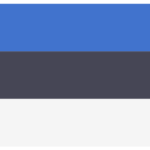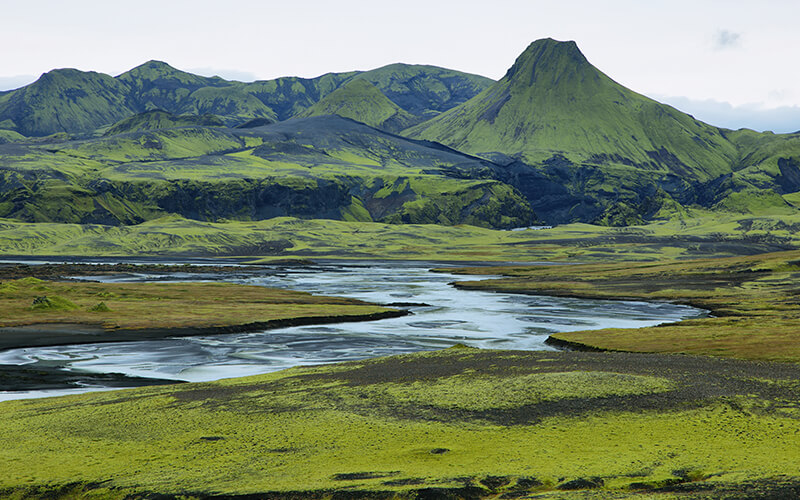
This page is also available in Estonian ›
The DiSSCo consortium in
ESTONIA
The Estonian members of DiSSCo represent all major natural history collections in the country. The collections are hosted at the University of Tartu (lead partner), the Estonian Museum of Natural History, the Estonian University of Natural Sciences and the Tallinn University of Technology.
The PlutoF database platform has been developed for creating, managing and publishing zoological, mycological and botanical collection’s datasets. Information about species found in Estonia are published in the public eBiodiversity portal, which ties together species observations, data from scientific collections, gene sequences and published literature. A global fungal database and sequence management environment UNITE has been developed, trough which, among other things, specimens stored in Estonian national collections are borrowed out as digital specimens.
Geological databases are managed on the SARV platform, which provides hosting and management services with desktop and web-based applications. The collection-based data are public and freely accessible via user interfaces, such as the Estonian Geocollections Portal.
The database management systems and applications link together specimen, location, environment, DNA sequence, images and other metadata. Published databases are fully machine readable and citable, comply with FAIR principles, and accessible from the global biodiversity information system GBIF.
The national scientific collections are a part of the Estonian Research Infrastructure Roadmap project “Natural History Archives and Information Network (NATARC)”.
participating institutions
Urmas Kõljalg
Director of the Natural History Museum and Botanical Garden
University of Tartu
Estonian Museum of Natural History
The Estonian Museum of Natural History is an autonomous museum that is governed by the Ministry of the Environment. The foundation of the museum was laid by naturalists of the XIX century. The Estonian Museum of Natural History with its world class exhibitions and collections is a well-recognized competence centre that shapes attitudes towards valuing the natural environment. The museum’s collections include botanical, geological and zoological collections (with approximately more than 300 000 specimens) of which 98% are digitalized and all the data can be found in two databases – PlutoF and SARV. Our curators contribute to different researches leaded by several universities and scientists in Estonia. The museum has more than 50 000 visitors annually, houses numerous events monthly and welcomes hundreds of school children every week.
Estonian University of Life Sciences
The Estonian University of Life Sciences is the only university in Estonia whose priorities in academic and research activities provide the sustainable development of natural resources necessary for the existence of Man as well as the preservation of heritage and habitat. According to QS World University Rankings by Subject (2017), the Estonian University of Life Sciences is one of top 100 universities in the world in the field of agriculture and forestry, ranked 51 to 100.
The department on Nature Collections unites collections which serve as a basis in teaching agronomy, forestry and veterinary medicine and classic nature collections. The latter group came under university governance as a result of restructuring process from former Institute of Zoology and Botany. There are four major collections which have served as a basis for compiling number of scientific monographs mainly for Estonia but also for other regions: entomological collections (IZBE), fungal collection (TAAM), herbarium of vascular plants and mosses (TAA) and hydrobiological collection (EMHC).
University of Tartu
University of Tartu is Estonia’s leading centre of research and training and belongs to the top 1.2% of world’s best universities. As Estonia’s national university, UT stresses the importance of international co-operation and partnerships with reputable research universities all over the world. The robust research potential of the university is evidenced by the fact that the University of Tartu has been invited to join the Coimbra Group, a prestigious club of renowned research universities. University of Tartu Natural History Museum, one of the autonomous institutions of the University of Tartu, affiliates zoological, geological, botanical and mycological collections. We collect and preserve specimens of plant, fungus and animal kingdom, also minerals, rocks and fossils, develop public online databases based on research and Citizen Science. Distributed infrastructure services developed by University of Tartu Natural History Museum, consisting of digital (data management platform PlutoF and data portal eElurikkus) and physical (scientific) collections and laboratories provide excellent research opportunities for bio-sciences and geo-sciences both in Estonia and globally.
Tallinn University of Technology
Tallinn University of Technology (TalTech) is the main institution in teaching and research in the fields of engineering and technology in Estonia, but also having a strong sciences division (School of Science). The latter includes the Department of Geology, which was historically part of the Estonian Academy of Sciences and the leading geological research institution in the country since the 1940s. The Department of Geology at TalTech holds the largest geological collections in Estonia, with the main focus on the Early Paleozoic fossils and rocks of the Baltic region as well as the former Soviet Union. The total number of collection holdings exceeds 0.4 million pieces suchs as fossils, minerals, rocks, drill cores, photo archives etc. The Division of Scientific Collections at the Department of Geology is leading the national geological collection development, including the development of common geoscience data management platform SARV. The collection-based data are freely accessible via user interfaces, such as the Estonian Geocollections Portal. The physical collections are also heavily used by researchers from the Department of Geology as well as from other institutions in Estonia and abroad.
Participating institutions in
Estonia
Roadmaps
National Funding
A roadmap, released by The Ministry of Education and Research of Estonia, is a long-term (with the perspective of 10–20 years) planning tool in Estonia that contains a list of Research Infrastructures (RIs) of national importance for their strategic importance for the sustainable development of the country. Among these key RIs, DiSSCo stands as the infrastructure that allows Estonia to become one of Europe’s competence and innovation centres for developing data management and analysis services for biodiversity and other natural history data.
The central element in this is the PlutoF data management platform that offers collection-based high-quality e-services developed within the framework of NATARC. Participation in the work of the DiSSCo network enables Estonia to offer the competitive advantage and competence acquired in implementing NATARC to develop global IT solutions. One of Estonia’s main goals is to make PlutoF part of the European Open Science Cloud, which would increase the visibility and availability of the Estonian digital infrastructure for open data in Europe and worldwide.
Everything on one screen
Collection Dashboard
The dashboard you can see below contains data on the collections of natural science institutions across Europe. Page one shows the approximate number of collections per category for all of the 89 institutes who participated in an initial DiSSCo survey and page two the national contributions to the European collection. The selection boxes allow filtering for country and institutions. The data in this dashboard is populated with information as sent by the DiSSCo partners through an initial survey in November 2017 and should therefore be considered as preliminary. Following that survey, we went through a rigorous process of identifying obvious errors and contacting individuals to correct those. Nevertheless it will probably still contain some errors and information might be outdated. Please contact Niels Raes if you detect any issues so the data can be updated.
If you would like to see a full screen version of the dashboard, please click here.
